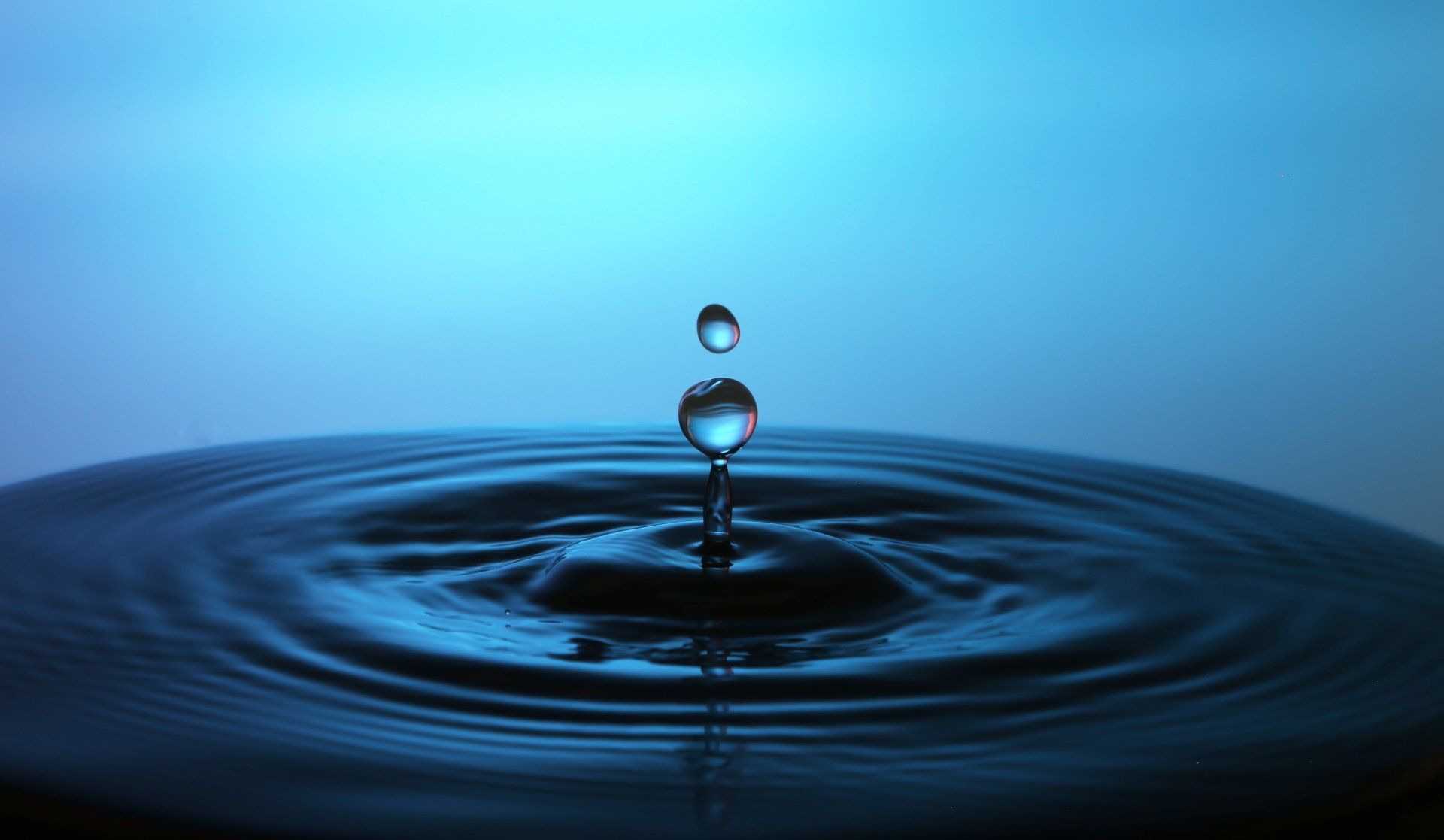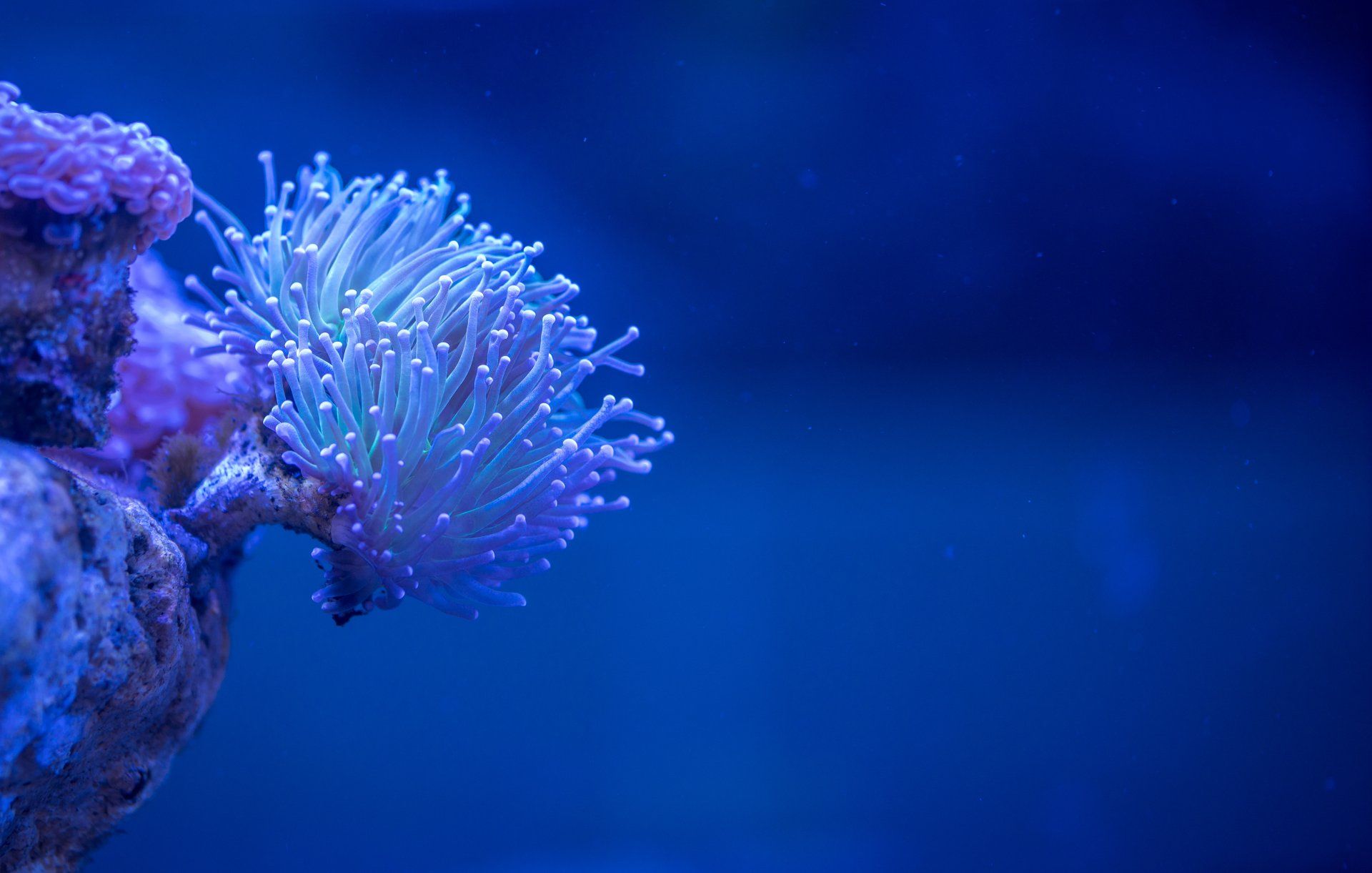Purification: The History, Present And Future For Purification In The World

Pesticides, medicines, PFOA, PFAS and chemicals of emerging concerns can all be components that we want to remove by means of purification from for example air, gas or water. In this blog we will dive into the basic questions, what do we mean with purification.
The topics that we will cover:
- Purification
- History of purification
- Purification today
- Purification in the future
Purification
To understand what purification is, let us simply look to three explanations on the meaning of the word purification.
Wikipedia (visited website, October 2019); “Purification is the process of rendering something pure, i.e. clean of foreign elements and/or pollution”
Vocabulary (visited website, October 2019); “Purification is the removal of impure elements from something.”
Cambridge dictionary (visited website, October 2019); “to remove bad substances from something to make it pure”
All these explanations focus on removing something to make “something” purer.
History of purification
Purification it selves is older than mankind as plants have been removing various components from air, water has been purified by means of UV coming from the sun, waves in the sea or waterfalls have caused effects as aeration, mechanical filtration also happened due to for example sand or peat layers.
Mankind also knew well before the year 0 BC that purification was useful and could improve life.
Ancient Sanskrit and Egyptian writings exist that document practices that were followed to keep water drinkable. The Sushruta Samhita (around the 4th century CE) specified various purification methods, including: boiling and heating under the sun (uv).
In ancient Greek, Hippocrates for example invented and used an early water purification system which is called the Hippocrates’ Sleeve and is a conical strainer of fine cloth. This can made by stitching together two adjacent sides of a square piece of cloth.
The Egyptians did discovered the principle of coagulation around 1500 BC. They used alum to achieve settling of suspended particles. This was depicted on the wall of the tomb of Amenophis II and Ramses II. In water purification, coagulation is destabilizing colloidal particles by neutralizing their charge with an added chemical substance, a so-called coagulant. A colloid, incidentally, is a very small particle that is slightly larger than a molecule and has a diameter between 1 and 1000 nano-meters.
Purification today
In the below section some of today common purification techniques are described. (there are of course more techniques like reversed osmosis and molecular sieves ).
Fast filtration and slow sand filtration
A sand filter is a filter that is filled with sand of a certain particle size and this is used for purifying drinking water, surface water, wastewater, ponds and swimming pools. The filter can be made of steel, plastic or concrete. There are fast sand filters and slow sand filters. The first documented use of sand filters to purify water dates the year 1804, when the owner of a bleaching company in Paisley, Scotland, John Gibb, installed an experimental filter.
Active carbon filtration
Activated carbon is a specially treated carbon that can bind to all kinds of substances through adsorption. An important area of application is filtering, this can be done via grain coal in filters or via powdered coal that is added and subsequently removed by a filter. Activated carbon has many applications in medicine (adsorption of toxic substances), in water treatment, process industry (adsorption of dioxins and polychlorinated biphenyls) and to decolorize (adsorption of dyes) and deodorization (adsorption of fragrances). The first documented use of activated carbon goes back to 3750 B.C., when it was used by the Egyptians for smelting ores to create bronze. By 1500 B.C. the Egyptians were using it for intestinal ailments, absorbing unpleasant odors, and for writing text on papyrus. In 400 B.C. the Ancient Hindus and Phoenicians discovered the antiseptic properties of activated carbon and began using it to purify their water supply.
Aeration and degassing
Upon aeration and / or degassing , substances dissolved in water are brought into contact with the gas phase (air). Due to the concentration differences, substances are introduced into the water (eg oxygen that enters the water) or are transferred from the water to the gas phase (removal of carbon dioxide). Diffused aeration is defined as the injection of air or oxygen enriched air under pressure below a liquid surface. Although the aeration of wastewater began in England as early as 1882, major advances in aeration technology awaited the development of the activated sludge process by Arden and Lockett in the year 1914.
UV (Ultraviolet) Disinfection / Sterilization
With UV disinfection and sterilization, micro-organisms such as bacteria, viruses, fungi and spores on or in all kinds of materials or substances are deliberately killed or greatly reduced in number. Sterilizing and disinfecting air and water is done with UV light. In the year 1903, Niels Fensen received the Nobel Prize for his use of ultraviolet light (UV) to combat tuberculosis, and in 1910, the first drinking water disinfection system did open in Marseilles, France.
Ozonation is a chemical oxidation method with the aim of inactivating and / or destroying pathogenic organisms also called pathogens. Organic micropollutants, such as pesticides and medicines, are also oxidized by ozone. The first technical-scale application of ozone took place in Oudshoorn, the Netherlands, in 1893. This ozone installation was studied in detail by French scientists, and another unit was installed in Nice some years after that in 1906. Since then, ozone was applied in Nice for decades, causing Nice to be called the 'place of birth of ozone for drinking water treatment'.
Ion exchange
Ion exchangers are spheres of sulfonated synthetic resin that can remove unwanted ions from a liquid (normally water) by exchanging them with other ions. The liquid is poured over a column filled with spheres of ion exchange resin. The unwanted ions in the liquid alternate with the ions that are attached to the support. Exchange with equivalent electro valences, for example Ca2 + on the support will be exchanged with two protons. Water softeners, which use sodium ions to replace water-hardening minerals in water, were first introduced into the water treatment market in the year 1903.
Purification in the future
In the next decades it can be expected that the above technologies will be optimized and fine tuned. Purification technologies will also benefit from advancements in quantum mechanics, quantum computing, artificial intelligence and space travel in a way that most cannot imagine at this moment. Maybe we will even get to the point that we can remove any element from the periodic system of elements on demand. The future for purification will be exciting! Keep our environment clean!




